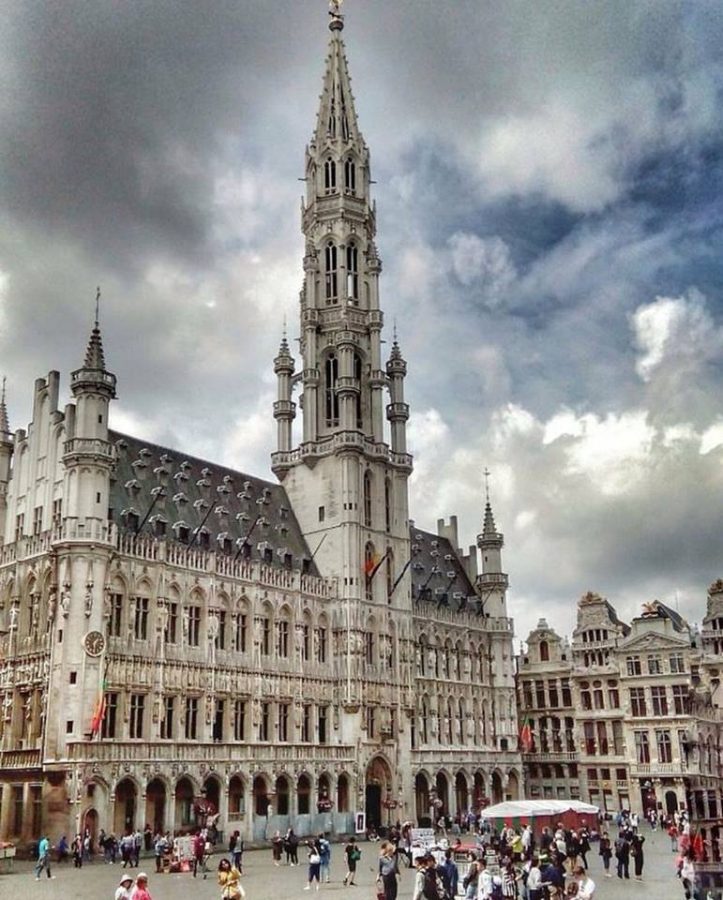Known as the de facto capital of the European Union, Brussels is filled with history and is quite in touch with its medieval origins. It is easy to become distracted by the amazing smells of rich chocolate and fresh-pressed waffles that drift through the city streets. However, a deeper look into the historical city reveals that there was a lot more to Brussels than just chocolates and waffles.
Perhaps the most well-known attractions in Brussels is the Grand Place. Cluttered with cafes and restaurants, this central city square leaves tourists in awe of the intricate detail and tremendous size of the guildhalls that surround the Grand Place. The city’s Town Hall and the Museum of the City of Brussels also encircle the central square.
Much of the architecture in Brussels was influenced by Italian Baroque styles that emerged during the reconstruction of the city in 1695 after the French army bombarded and practically destroyed the city. Proceeding this massive destruction, the guilds of Brussels, the merchants and artisans, harmoniously worked together to rebuild the city square. The guild houses contain aspects of gothic, French, and baroque styles – tastefully coming together to create one of the most beautiful city squares in Europe.
The notable Place Royale of Brussels also embodies similar French style architecture. Perched on top of a hill in the city center, the Place Royale offers a jaw-dropping view over all of Brussels. Just a few blocks away from the Place’s overlook is the Royal Palace of Brussels of Coudenberg hill, situated right in front of Brussels Park. The Royal Palace is the official palace to the king and queen of Belgium and was built just in 1900. Although the building is still relatively new, the palace stands on the grounds where the old Coudenberg Palace, constructed during the Middle Ages, used to stand.
A walk through Brussels has the capability to show any tourist just how many different cultures the city embodies and incorporates. One aspect of true Belgian culture that can be found anywhere within the city is the rich cuisine. Belgians take their cooking very seriously – incorporating culinary elements of German, French, and Dutch cultures into their food as well. Beer is commonly used as an ingredient in traditional meals like mussels, potatoes, leeks, and white asparagus.
Similar to the chefs, Belgian chocolatiers put the utmost effort into crafting some of the most sought after chocolates in the world. Brussels embodies a deep appreciation for cafe culture with its myriad of chocolates and candies as well as waffles and crepes. The city definitely prides itself in its reputation of tasty chocolates and fluffy Belgian waffles.
Being at the crossroads of both French and Dutch-speaking countries, Brussels embraces a rich, cultural lifestyle that was very unique.
__________________________________________________
Connect with Amy on twitter @Amyk945








